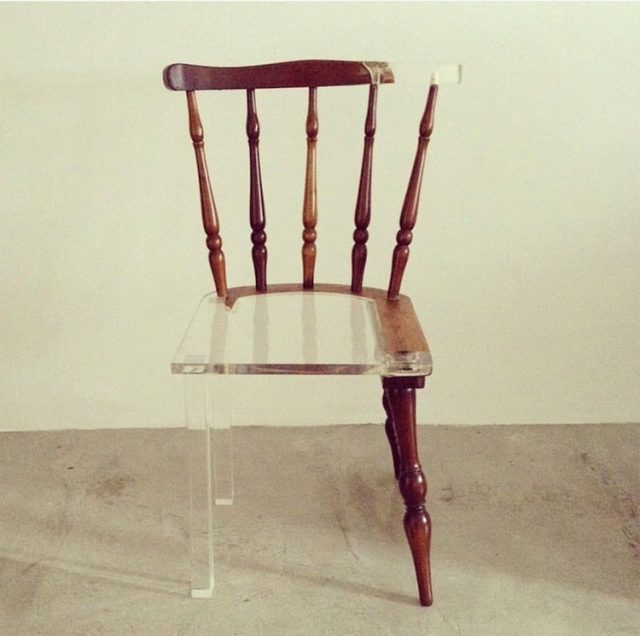It’s a problem every household around the world faces. Over time, the furniture in the house acquires a dull patina that no amount of cleaning and sprucing up can banish entirely. The upholstery becomes dull. Wood furniture loses its sheen and acquires scratches. Laminate comes loose in shutters, drawers neither open or shut efficiently. It is time to take stock of the ills that plague your furniture and decide the next course of action.
Why your furniture doesn’t work like it used to
It doesn’t do to merely be disappointed about how the furniture in your home is coming apart and/or refusing to operate like it should. It’s time to find out why, and what to do about it.
* It has outlived its shelf life.
Every piece of furniture has a certain shelf life. Some items of furniture last longer than others, such as cabinets and cupboards. But couches and bed sets, among others, will begin to sag and creak due to regular heavy use. Not every piece of furniture will last long, and you cannot expect it to.
* It needs new fittings.
The most common reason for furniture not operating smoothly is that its inner fittings have malfunctioned. This happens mostly with inferior fittings like unbranded brass hinges, ordinary drawer channels, metal rollers that rust over time, and so on. If the furniture in your kitchen is not backed by superior kitchen fittings, shutters and drawers will not operate properly and you must spend extra effort in opening and shutting them. They may even remain ajar and cause accidents and injuries.
* It is overloaded.
Apart from malfunctioning kitchen fittings, do check if you have stored more items in your drawers and cabinets than they can take. Drawers, especially, have a particular load bearing capacity based on the dimensions and material of their make. If loaded beyond this point – think of drawers sagging beneath the weight of heavy pots and pans – then the runner systems operating that drawer begin to misalign. The bottom of the drawer develops a sag and may interfere in the working of the drawers under it.
* It has become corroded due to undetected dampness, pests, etc.
Corrosion and spoilage due to leakage and moist walls is most commonly seen with wood and metal furniture. Water is a highly corrosive element that causes irreversible damage. The damage can go undetected for years if the damp walls are hidden by heavy wardrobes and kitchen cabinets. Rotting wood and rusting metal can impair the furniture’s operational abilities to a dramatic extent.
What to do about problematic furniture
The most obvious solution is to junk whatever furniture is beyond repair or restoration. Indeed, repairing it might cost you more money and time, as compared to buying new pieces entirely that might be of a better quality, thus promising a higher shelf life overall.
Old furniture also imparts an ancient air to your home – this is not ideal, unless it’s a look you are actively aiming for. If you are not, then it is best to do a complete overhaul with new modular items that are more in keeping with new trends and your personal design ethos.

2 replies on “Why your furniture isn’t working properly, and what to do about it”
Your blog post was a valuable resource on the subject. I found the content to be informative and thoughtfully structured. I appreciated the clear explanations and the practical applications you discussed. To gain further insights, click here.
Thanks for sharing infromative article